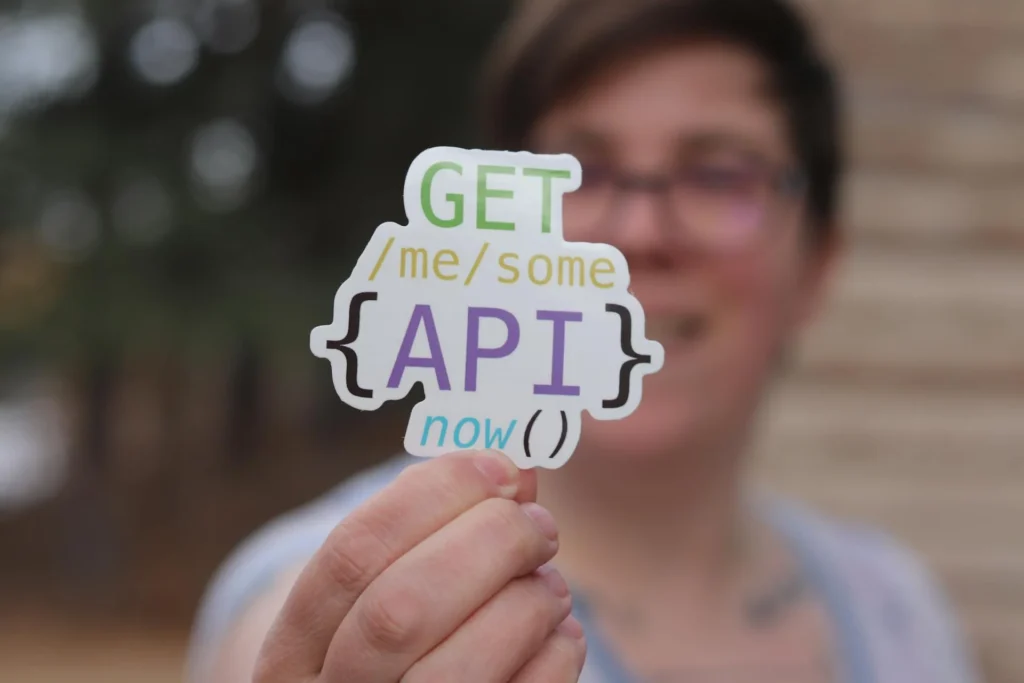The financial services landscape is undergoing a profound transformation as artificial intelligence revolutionizes how creditworthiness is evaluated. Traditional credit scoring methods, which have dominated lending decisions for decades, are increasingly being supplemented or replaced by sophisticated AI models that promise to extend financial services to previously underserved populations. This technological evolution represents more than just an upgrade to existing systems—it’s a fundamental shift toward a more inclusive financial ecosystem that could unlock economic opportunities for millions of people worldwide.
Alternative credit scoring leverages machine learning algorithms, big data analytics, and non-traditional data sources to assess credit risk beyond the conventional metrics of credit history, income verification, and debt-to-income ratios. By incorporating diverse data points such as utility payment patterns, mobile phone usage, social media activity, and digital transaction behaviors, these AI-powered models can paint a more comprehensive picture of an individual’s financial reliability and repayment capacity.
The implications of this technological advancement extend far beyond improved accuracy in risk assessment. Financial institutions implementing alternative credit scoring models are discovering new market segments, reducing default rates, and expanding their customer base while maintaining profitability. Simultaneously, consumers who were previously excluded from traditional financial services due to thin credit files or lack of formal banking history are gaining access to loans, credit cards, and other financial products that can help them build wealth and achieve financial stability.
The convergence of AI technology and financial inclusion initiatives has created a compelling business case that addresses both social impact goals and commercial viability. Major financial institutions, fintech startups, and technology companies are investing billions of dollars in developing and deploying these systems, recognizing that the unbanked and underbanked populations represent an enormous untapped market opportunity. As regulatory frameworks evolve to accommodate these innovations while protecting consumer rights, the stage is set for widespread adoption of alternative credit scoring models that could reshape the global financial landscape.
Market Context and Industry Transformation
The global credit scoring market is experiencing unprecedented growth, driven primarily by the adoption of artificial intelligence and machine learning technologies. Industry analysts project the alternative credit scoring market will reach $23.6 billion by 2028, representing a compound annual growth rate of 18.4% from 2021 levels. This explosive growth is fueled by the recognition that traditional credit scoring methods leave significant gaps in market coverage, particularly in emerging economies and among younger demographics in developed markets.
Traditional credit scoring models, exemplified by FICO scores in the United States, rely heavily on historical credit data, payment history, and established banking relationships. While these methods have proven effective for populations with extensive credit histories, they systematically exclude individuals who lack formal banking relationships or have limited credit experience. According to the World Bank, approximately 1.7 billion adults globally remain unbanked, while an additional 2 billion people have bank accounts but limited access to credit products due to insufficient credit history.
The financial services industry has recognized this limitation as both a social challenge and a significant business opportunity. Emerging markets, in particular, present enormous potential for growth, but traditional credit assessment methods often fail to accurately evaluate risk in these populations. Alternative credit scoring models address this gap by utilizing proxy indicators of financial behavior and creditworthiness that don’t require extensive banking history.
Technology giants and fintech companies have been at the forefront of developing these alternative models. Companies like Ant Financial in China, Tala in Kenya, and ZestFinance in the United States have demonstrated the commercial viability of AI-powered credit scoring systems that incorporate non-traditional data sources. These pioneers have shown that alternative models can achieve default rates comparable to or better than traditional scoring methods while serving previously excluded populations.
The COVID-19 pandemic accelerated the adoption of digital financial services and highlighted the importance of financial inclusion for economic resilience. As governments and financial institutions sought to rapidly distribute emergency financial assistance, the limitations of traditional banking infrastructure became apparent. Alternative credit scoring models, with their ability to quickly assess creditworthiness using digital data sources, proved invaluable in extending financial services to those who needed them most during the crisis.
Regulatory authorities worldwide are responding to these developments by updating frameworks to accommodate innovative credit assessment methods while ensuring consumer protection. The European Union’s General Data Protection Regulation (GDPR), the United States’ Fair Credit Reporting Act amendments, and similar regulations in other jurisdictions are creating standards for the responsible use of alternative data in credit decisions. These regulatory developments provide the legal foundation necessary for widespread adoption of AI-powered credit scoring models while maintaining fairness and transparency in lending practices.
Historical Evolution and Technological Foundation
The evolution of credit scoring represents a fascinating journey from subjective, relationship-based lending decisions to sophisticated algorithmic assessments. The first formal credit scoring model was developed by Fair Isaac Corporation in the 1950s, introducing statistical methods to predict credit risk based on historical data patterns. This innovation revolutionized lending by standardizing risk assessment processes and enabling banks to make faster, more consistent credit decisions.
For decades, the FICO model and similar traditional scoring systems dominated the industry, relying primarily on five key factors: payment history, amounts owed, length of credit history, new credit, and credit mix. While effective for their intended purpose, these models inherently favored individuals with established credit histories and traditional banking relationships, creating barriers for young adults, immigrants, and populations in developing countries where formal banking penetration remained low.
The digital revolution of the early 2000s began generating new types of data that could potentially indicate creditworthiness. Telecom companies noticed correlations between mobile phone usage patterns and payment reliability. E-commerce platforms observed relationships between online shopping behaviors and financial responsibility. Social media activity, while controversial, showed statistical connections to credit risk. However, the technology to effectively process and analyze these diverse data sources at scale didn’t emerge until the advancement of machine learning capabilities.
The breakthrough came with the development of sophisticated machine learning algorithms capable of processing vast amounts of heterogeneous data. Deep learning models, neural networks, and ensemble methods enabled financial institutions to identify complex patterns and relationships within alternative data sources that human analysts could never detect. These technologies could simultaneously consider thousands of variables and their interactions, creating nuanced risk profiles that traditional models couldn’t achieve.
Natural language processing (NLP) emerged as a particularly powerful tool in alternative credit scoring, enabling the analysis of textual data from applications, social media posts, and communication patterns. Sentiment analysis could gauge an applicant’s financial stress levels, while linguistic patterns might indicate education levels or cultural factors relevant to credit behavior. Computer vision technologies began analyzing satellite imagery to assess property values and economic activity in regions lacking formal property records.
The integration of real-time data streams marked another significant advancement. Traditional credit scores are typically updated monthly or quarterly, providing a historical snapshot of creditworthiness. Alternative scoring models can incorporate real-time data from bank transactions, mobile money usage, and digital platform interactions to provide dynamic, up-to-date risk assessments that reflect current financial circumstances rather than past performance alone.
Blockchain technology is beginning to influence alternative credit scoring by providing secure, tamper-proof records of financial transactions and identity verification. Decentralized identity solutions could enable individuals to control their own credit data while still allowing lenders to access necessary information for risk assessment. Smart contracts might automate credit decisions and loan disbursements based on predetermined criteria, reducing processing time and administrative costs.
The rise of open banking regulations in various jurisdictions has further accelerated the development of alternative credit scoring models. By requiring banks to share customer data (with consent) through standardized APIs, open banking has created new opportunities for fintech companies and alternative lenders to access comprehensive financial information and develop more accurate risk models. This regulatory framework has democratized access to financial data that was previously available only to large, established financial institutions.
Current Implementation and Market Impact
Leading financial institutions and fintech companies are implementing alternative credit scoring models with remarkable success, demonstrating both improved risk assessment accuracy and expanded market reach. JPMorgan Chase’s adoption of machine learning models for credit card underwriting has reportedly increased approval rates for borrowers with limited credit history by 50% while maintaining comparable default rates to traditional models. Similarly, Goldman Sachs’s Apple Card partnership utilizes alternative data sources and AI algorithms to evaluate creditworthiness beyond traditional FICO scores.
In emerging markets, the impact has been even more dramatic. Kenya’s Tala has disbursed over $2 billion in microloans to more than 6 million customers using smartphone data analysis. The platform evaluates over 10,000 data points from users’ mobile devices, including communication patterns, app usage, and transaction history, to generate credit scores within minutes. This approach has achieved default rates below 10% while serving populations that traditional banks considered too risky to lend to.
Chinese technology companies have pioneered some of the most sophisticated alternative credit scoring systems. Ant Financial’s Zhima Credit analyzes data from Alibaba’s ecosystem, including e-commerce transactions, payment histories, and even delivery address stability, to create comprehensive credit profiles. This system serves over 1 billion users and has facilitated hundreds of billions of dollars in lending, demonstrating the scalability of alternative credit



